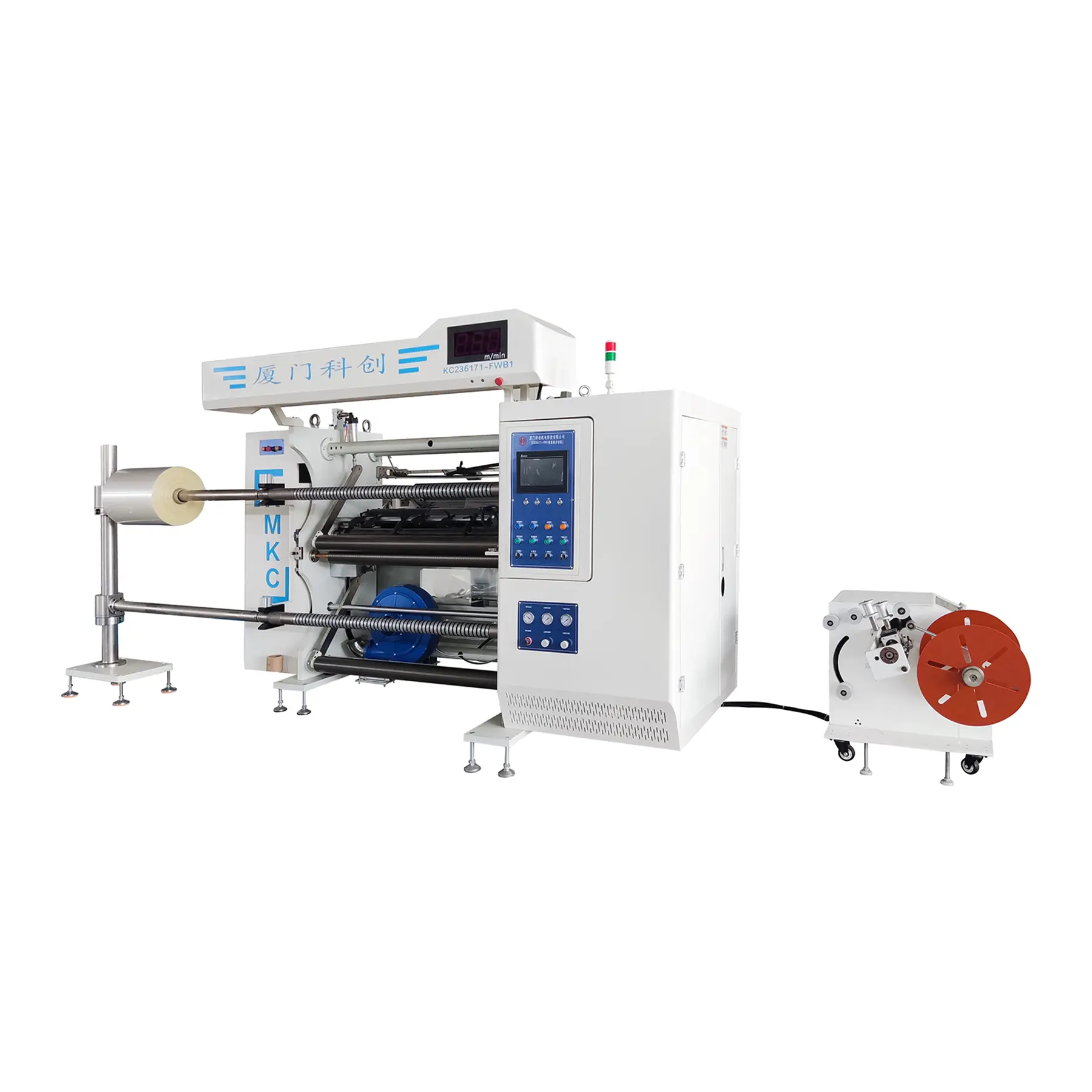How Do Slitting Machines Work In Metal Manufacturing?
2025-07-15
Slitting machines play a crucial role in metal manufacturing by cutting wide coils of metal into narrower strips with precision and speed. This process, known as metal coil slitting, helps prepare raw materials for further processing like stamping, forming, or welding. Here's a clear look at how slitting machines work in metal manufacturing.
The process begins with a large roll of metal, called a master coil, which is loaded onto the machine’s uncoiler. This uncoiler gradually feeds the metal sheet into the slitting section. Before the slitting starts, tension controls and leveling mechanisms ensure the sheet is properly aligned and flat, preventing defects during cutting.

Next comes the heart of the machine — the slitter head. This section houses a series of sharp, circular blades (often called slitter knives) mounted on arbors. These blades are adjusted based on the desired width of the final strips. As the metal passes through, the blades slice it into precise, evenly sized strips. The setup can be customized to produce a few or many narrow rolls from one wide coil, depending on production needs.
After slitting, the separated strips are guided through tensioning devices that help maintain proper spacing and alignment. Then, each strip is rewound into smaller, individual coils using the recoiler. These finished coils are then labeled, packaged, and ready for transport or the next step in production.
Slitting machines are used for various metals — such as steel, aluminum, copper, and stainless steel — and are designed to handle different thicknesses and widths. Modern systems often include automated knife positioning, scrap collection systems, and quality inspection tools to improve efficiency and accuracy.
In short, slitting machines streamline the conversion of raw metal coils into usable sizes, ensuring consistency, reducing waste, and supporting high-volume production demands in industries like automotive, construction, and appliances.


